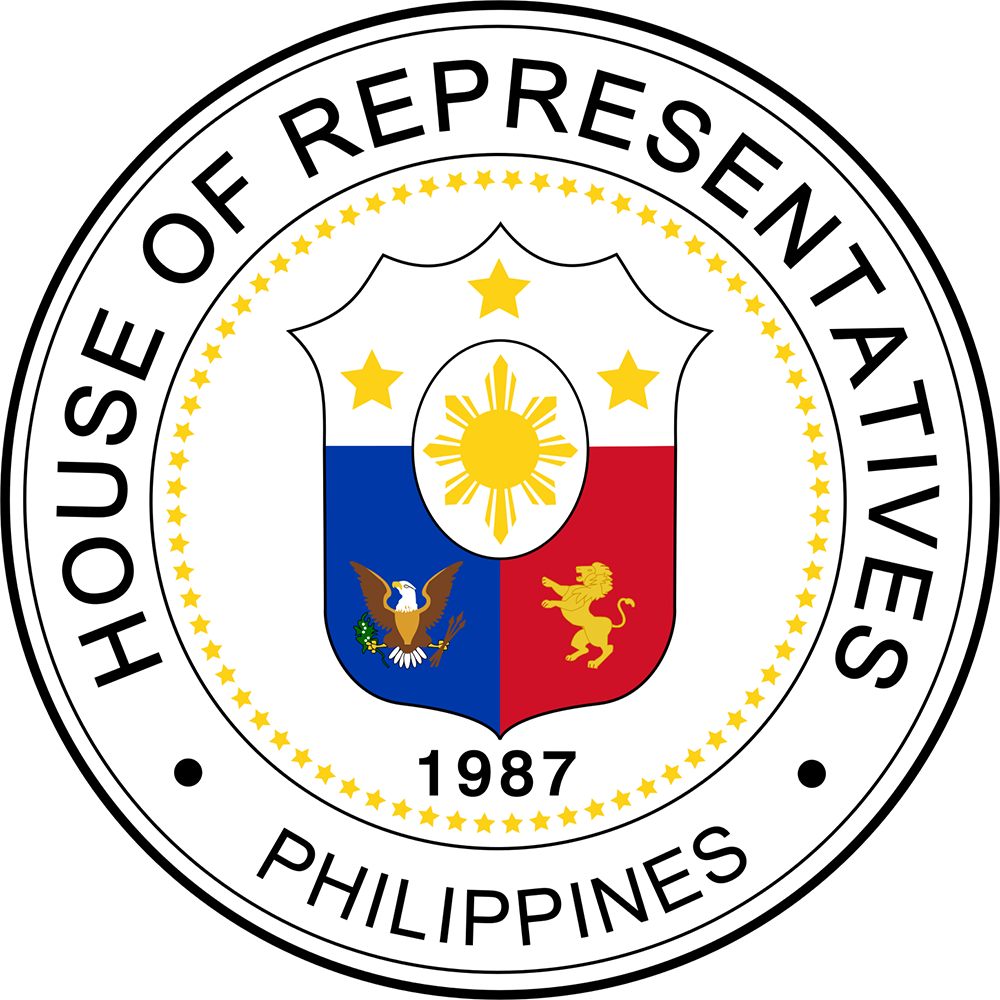
The Rice Tariffication Law (RTL) got a big boost as one of the country’s biggest and most prominent businessmen’s organizations threw its support to the continued implementation of the 2019-signed legislation, saying it is beneficial to both rice farmers and consumers.
The Cebu Chamber of Commerce and Industry (CCCI) said that Republic Act 11203, popularly known as Rice Tariffication Law (RTL), is a sustainable, win-win solution to easing the plight of farmers and consumers.
The group lauds the RTL for benefitting over 100 million Filipino consumers who can now better afford the country’s staple.
The law, authored by Senator Cynthia Villar, created the Rice Competitiveness Enhancement Fund (RCEF) that allots P10 billion (B) yearly for six years, starting 2019, for the provision of P5-B worth of farm machinery and equipment to rice farmers’ cooperatives and associations (FCAs), P3 B for inbred certified palay seeds, and P1 B each for credit, and training and extension. The RCEF is pooled annually from rice import tariffs.
“We at the Department of Agriculture sincerely welcome the expression of support of the Cebu Chamber of Commerce and Industry to RTL and RCEF,” said Secretary William Dar.
He has consistently reiterated the benefits of both RTL and RCEF, as these are game-changers that will help regain the strength and resiliency of the Philippine rice industry and make it globally competitive.
The RTL lifted the quantitative restrictions (QR) on rice and placed it under a general tariff regime. It aims to protect farmers by imposing tariffs on imported rice and then pooled under RCEF to make Filipino farmers competitive by providing them needed machinery, inbred seeds, credit assistance, and training and extension services.
The Cebu CCI cited the Finance Department’s report on Filipino consumers gaining around P21 B from lower retail prices for rice following RTL’s enactment. This is on top of the P42 B saved from lower overall inflation, as rice accounts for a major portion of the “consumer food basket.”
While Cebu CCI acknowledges that three million farmers are affected by the RTL’s short-term impact, it emphasized that the six-year annual P10-B RCEF will build on the foundation and strengthen the competitiveness of the country’s rice industry.
“The way forward is to help our farmers increase their harvest at lower cost of production as this will improve their profitability and competitiveness,” said the CCCI through its president Felix Taguiam in their letter, on November 9, 2020.
Secretary Dar said “after six years of successful implementation of RRL and RCEF, we expect to raise the productivity of farmers from the current national average harvest of four metric tons (MT) per hectare (ha) to at least six MT/ha. Secondly, we should have reduced the average production cost — by 30 percent, from the current P12 to P14 per kilogram (kg) to P8 to P10/kg — to ensure bigger profit margins for farmers.”
The Cebu businessmen’s group also supported the government’s move to focus on eradicating profiteers in the market.
“The excessive profiteering in the market by unscrupulous traders and cartels is what the government should go after by way of enforcing the imposed Suggested Retail Prices and for the local price councils to strictly monitor the price movements of rice. The competition that the RTL brings should naturally bring down the price of rice, if only market intermediaries do not manipulate it,” the Cebu CCI statement said.
“As we begin our recovery as a nation from the Covid-19 pandemic, the need for game-changing legislation that will bring structural reforms and productivity-enhancing measures is imperative, not only for businesses but also to make the country an attractive investment destination,” the Cebu CCI said. ### (DA StratComms)













